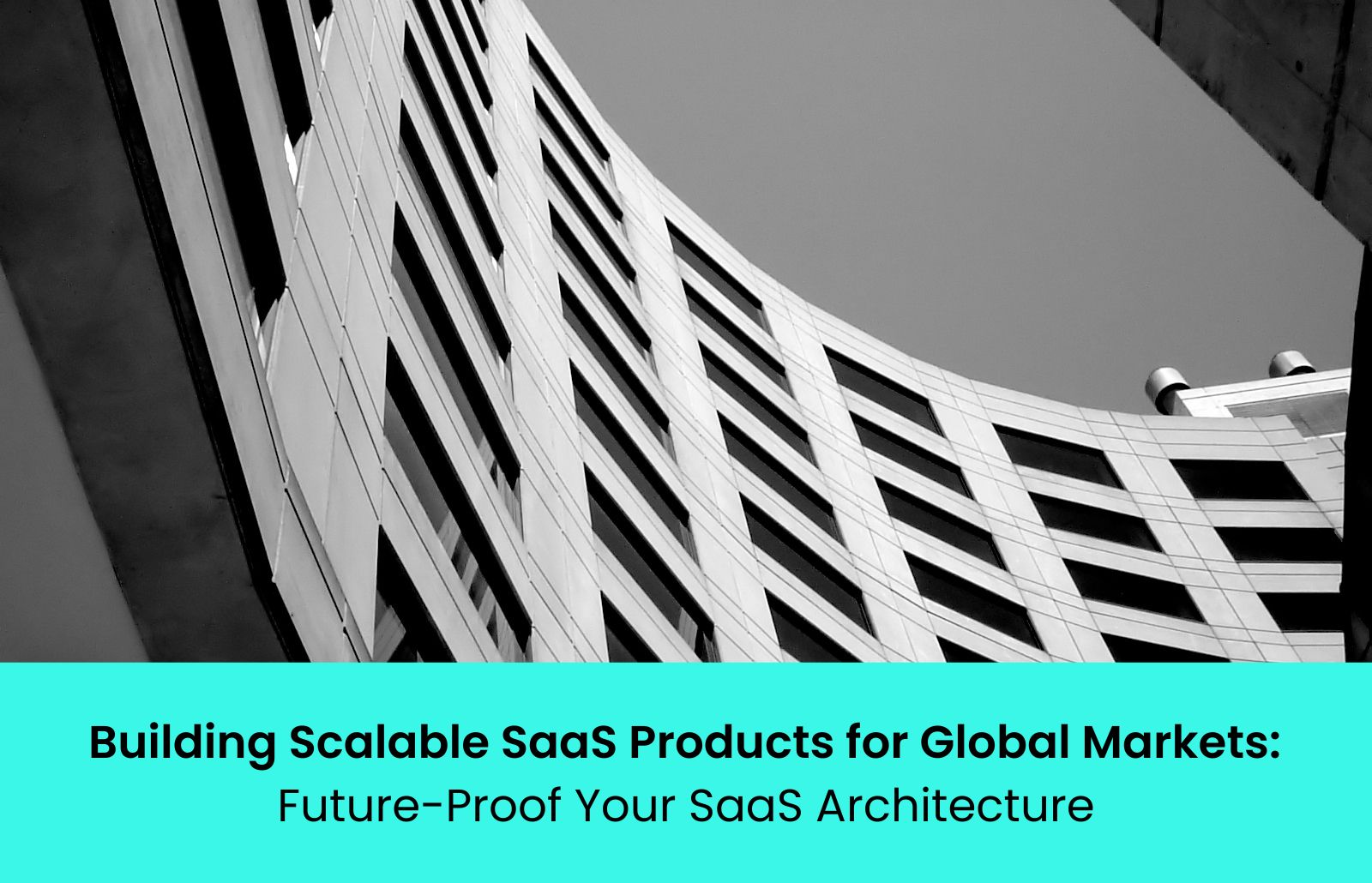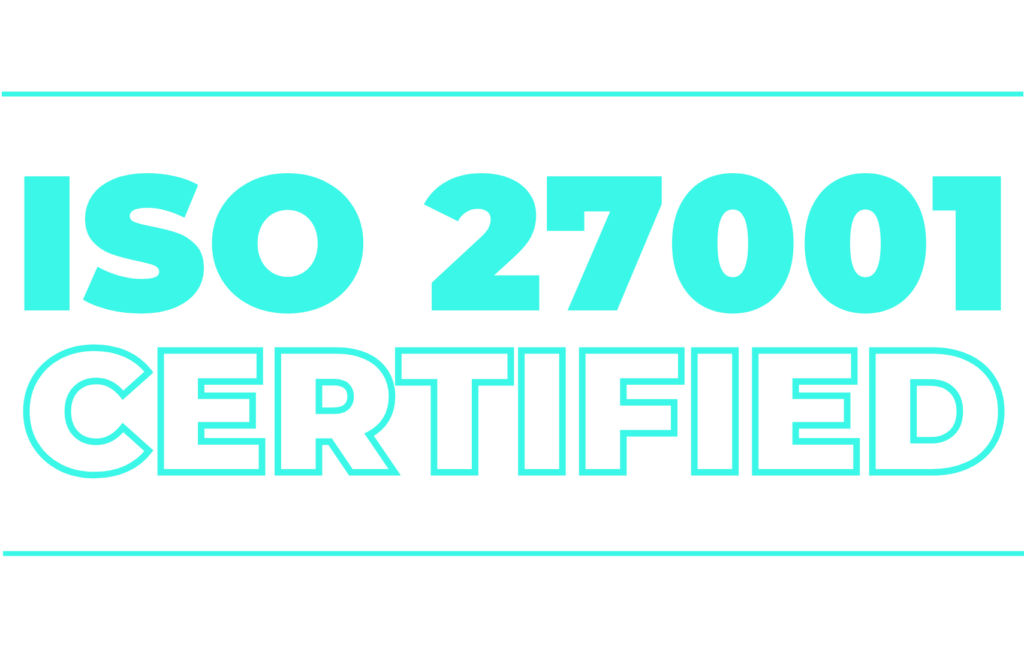The global SaaS market continues to grow at an extraordinary pace, with spending projected to reach approximately $295 billion by 2025, driven by an annual growth rate of 19.4%. As businesses expand across regions and user bases grow more diverse, the need for SaaS products to scale efficiently and operate globally is more urgent than ever.
Whether you’re launching a startup or managing a mature software company, thinking global from day one can determine your product’s long-term success. Common pitfalls, like latency issues in far-flung regions, compliance hurdles in new markets, or underprepared support infrastructure, can derail even the most promising SaaS companies. To thrive internationally, your SaaS architecture and operations must be ready to scale smartly and sustainably.
Architecting for Scale: Multi-Tenancy vs Single-Tenancy
One of the most critical architectural decisions in building a scalable SaaS product is choosing between a multi-tenant or single-tenant infrastructure. This decision has long-term implications not only for how your application performs under growth, but also for how it serves different customer segments across geographies and industries.
Multi-tenancy refers to a model where a single instance of the software application, and its supporting infrastructure, serves multiple customers, or “tenants.” While each tenant’s data remains logically isolated and secure, they all share the same application environment and backend systems. This model allows providers to maximize resource efficiency, roll out updates faster, and maintain consistency across users. It is especially effective for companies targeting SMBs, startups, or high-volume, lower-touch customer bases, as it simplifies operational management and lowers overall infrastructure costs.
On the other hand, single-tenancy gives each customer their own dedicated instance of the software. This provides greater data isolation, enhanced security control, and more customization capabilities, making it a preferred model for enterprise customers or regulated industries such as healthcare, finance, or government. While more resource-intensive, single-tenancy can provide peace of mind for clients with unique compliance needs or performance expectations.
In reality, there’s no one-size-fits-all answer, and many modern SaaS companies implement a hybrid approach. For instance, Salesforce famously runs on a multi-tenant architecture that enables it to scale efficiently across millions of users, yet it offers robust tools for tenant-level customization. Shopify, meanwhile, provides multi-tenant services for its standard tiers but allows more isolation and customization for enterprise-level “Plus” customers—blending efficiency with enterprise-grade flexibility.
Ultimately, choosing the right tenancy model should reflect your go-to-market strategy, product roadmap, and user expectations. It’s not just a technical decision, it’s a business one. As your SaaS platform grows, the ability to evolve or layer your SaaS architecture to meet changing demands will be a defining factor in long-term scalability.
Cloud Infrastructure Strategies for Global SaaS Delivery
Delivering high-performance SaaS solutions worldwide means your cloud infrastructure must be resilient, elastic, and geographically distributed.
Cloud Regions & CDNs: Selecting the right cloud regions and using global content delivery networks (CDNs) reduce latency and improve performance for international users.
Multi-Cloud & Hybrid Deployment: Relying on a single cloud provider might limit the flexibility of your SaaS architecture and infrastructure. Many SaaS providers use multi-cloud or hybrid strategies to meet specific compliance needs or avoid vendor lock-in.
CI/CD at Scale: Automated pipelines ensure reliable, rapid deployments while supporting global rollouts. Orchestration tools like Kubernetes and Docker make it easier to scale applications up and down as demand fluctuates.
Choosing the right cloud infrastructure strategy is foundational to delivering consistent, high-performing SaaS experiences across borders. Whether it’s minimizing latency through smart region selection or building resilience with multi-cloud and hybrid deployments, these decisions directly impact user satisfaction and business agility. By investing early in scalable, flexible infrastructure, SaaS companies can confidently support global growth while staying ahead of both performance demands and regulatory requirements.
Localization, Internationalization & Multilingual Support
Expanding into global markets isn’t just about making your product available worldwide, it’s about making it feel native to each user. From language preferences to cultural nuances, a seamless experience starts with designing software that adapts to local needs while maintaining a unified brand identity. This requires a thoughtful balance between localization, internationalization, and multilingual support, each playing a vital role in building user trust and driving adoption across regions.
Localization means adapting content, UX, and functionality to reflect cultural norms, languages, and user expectations.
Internationalization (i18n) prepares your codebase to support multiple languages and regions without significant rework.
Multilingual UX/UI: Design interfaces that account for text expansion, right-to-left languages, and locale-specific design patterns.
Tools like Phrase or Lokalise, along with flexible workflows for regional teams, help streamline translation and regional customization. Don’t forget compliance at this stage: localized tax rules, currency formatting, and payment options are crucial for gaining customer trust.
Compliance, Privacy & Data Residency Challenges
Global expansion means playing by different rules in every market. From GDPR in Europe to CCPA in California and PDPA in Singapore, data privacy laws vary significantly. Building infrastructure that meets these demands isn’t just a legal necessity; it’s a competitive advantage.
- Data Residency: Some markets require data to be stored locally. You may need to establish region-specific databases or partner with local data centers.
- Security Protocols: Role-based access, encryption (at rest and in transit), and audit trails are fundamental.
- Cross-Team Collaboration: Work with legal teams in each region to understand and proactively address regulatory shifts.
Navigating compliance, privacy, and data residency isn’t just about ticking legal boxes—it’s about building trust with your users across borders. As regulations continue to evolve, especially in high-growth regions, investing in privacy-first infrastructure and proactive legal collaboration will set your SaaS company apart. Those who treat compliance as a strategic pillar (not a last-minute fix) will be better positioned to scale securely and confidently in global markets.
Operational Readiness: Customer Support & SLAs Across Time Zones
When your SaaS product serves users across the globe, operational readiness becomes more than just a backend concern, it’s a front-line commitment to customer satisfaction. And you need the right SaaS architecture and processes to sustain it.
– A truly global product needs a well-planned support strategy: Decide whether to manage support in-house or outsource it regionally. Consider language coverage, cultural nuances, and 24/7 responsiveness.
– Equally important is ensuring high availability (HA) and defining clear Service Level Agreements (SLAs): These benchmarks signal reliability and professionalism, especially critical when serving enterprise clients with strict uptime and performance expectations.
– Customer Engagement Tools also play a major role: Leveraging AI chatbots, multilingual help desks, and CRM integrations ensures consistency in responses and helps teams manage inquiries efficiently, even at scale.
– Finally, aligning your internal operational processes: From support to product and customer success, ensures smooth handoffs, faster issue resolution, and actionable feedback loops that inform ongoing improvements.
Being prepared operationally isn’t just about solving problems, it’s about proactively building trust and resilience into every interaction.
Case Studies from Scaling SaaS Companies
Scaling a SaaS product to serve global markets is no small feat, it requires not just engineering excellence, but also strategic foresight and a deep understanding of user expectations across different regions. Fortunately, many industry leaders have paved the way with thoughtful approaches to scale. Their journeys offer valuable lessons for companies aiming to improve their SaaS architecture and infrastructure to enable international growth.
Notion is a prime example of a product-led company that prioritized global usability early on. As its user base expanded beyond English-speaking markets, Notion introduced language packs to localize the user interface and documentation. But it didn’t stop there, Notion also refined permission settings and sharing workflows to accommodate cultural differences in collaboration, particularly in regions where team structures and workflows differ from Western norms. These seemingly small adjustments made a big difference in improving adoption and retention in international markets.
HubSpot, a leader in marketing and sales automation, took a slightly different path, focusing heavily on regional compliance and infrastructure readiness. As data privacy regulations like GDPR and CCPA came into force, HubSpot invested in region-specific data centers and tools that enabled users to manage consent and compliance workflows efficiently. In parallel, the company scaled its multilingual marketing automation capabilities, ensuring that global users could create, manage, and personalize campaigns in their local languages, without losing the power of automation.
Atlassian, the maker of tools like Jira and Confluence, faced a different kind of challenge: supporting millions of enterprise users at scale, often working in different regions with varying latency and performance needs. Atlassian addressed this by building a federated cloud infrastructure, distributing its services across multiple regions while maintaining high availability and data consistency. The change in the SaaS architecture allowed the company to ensure blazing-fast performance regardless of a customer’s location, something mission-critical for engineering and IT teams depending on real-time collaboration.
What unites these companies isn’t just a great SaaS infrastructure, it’s their commitment to scaling both operationally and culturally. They understood that growth isn’t just about increasing user numbers; it’s about making every user, no matter where they are, feel like the product was built for them. And that mindset, thinking globally from day one, is the real secret to sustainable SaaS success.
Think Global from Day One
The journeys of companies like Notion, HubSpot, and Atlassian make one thing clear, scalability isn’t just about setting a strong SaaS architecture. It’s about cultural sensitivity, operational readiness, regulatory compliance, and an unwavering focus on user experience. Building a SaaS product for a global market means thinking far beyond features and performance. It requires anticipating regional needs, adapting to legal environments, and ensuring your support, infrastructure, and pricing can scale right along with your growth.
Whether you’re a startup planning your first international launch or an established SaaS company ready to optimize for global expansion, the key is planning with a global mindset from the very beginning. That means making smart decisions around tenancy, cloud infrastructure, multilingual support, and security frameworks, before user growth makes these challenges harder to fix.
At Zartis, we partner with SaaS businesses to build scalable, future-ready software products that are engineered for international growth. From architectural consulting and infrastructure design to localization strategies and compliance support, we help you scale smarter – globally.
Ready to scale smarter? Let’s talk about how Zartis can support your global growth journey.


